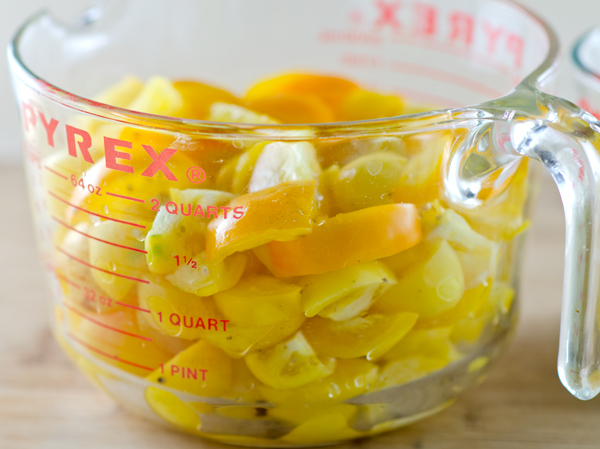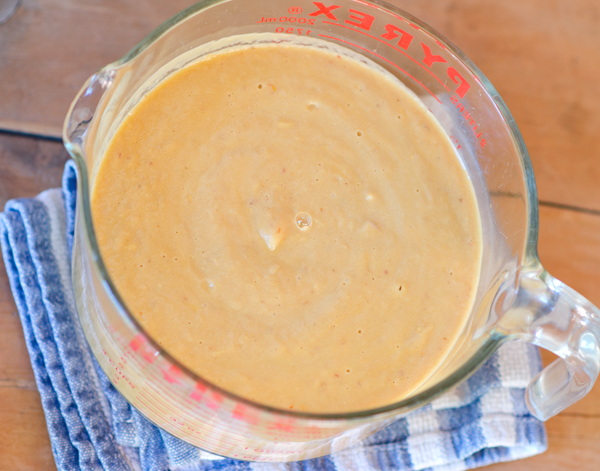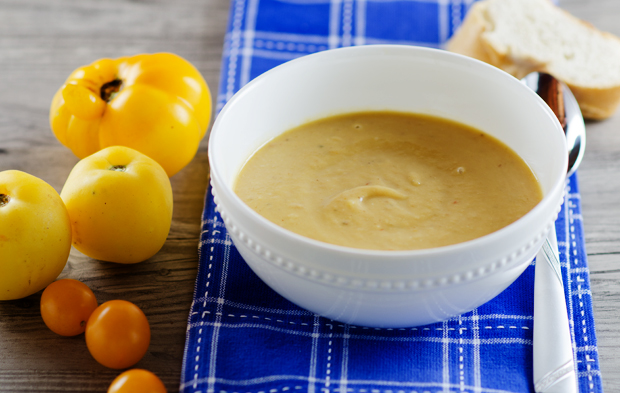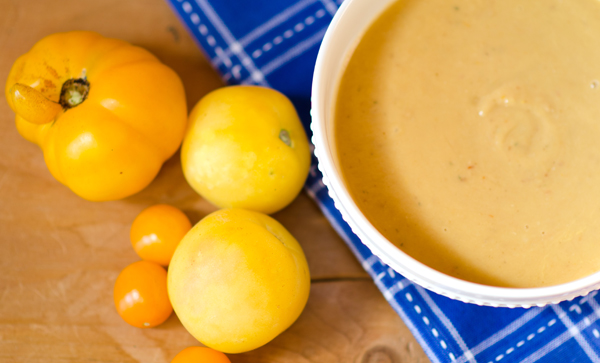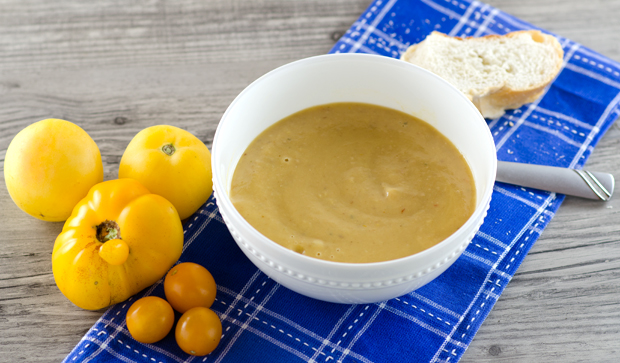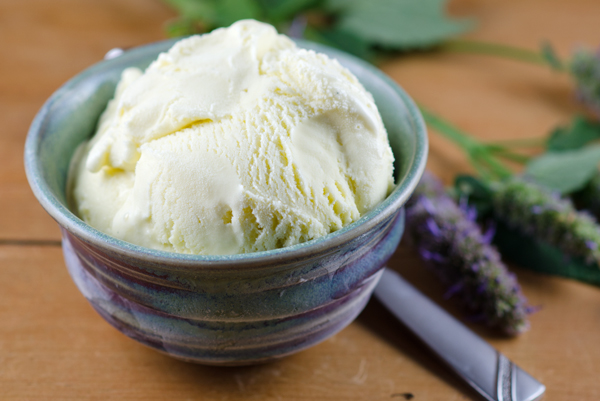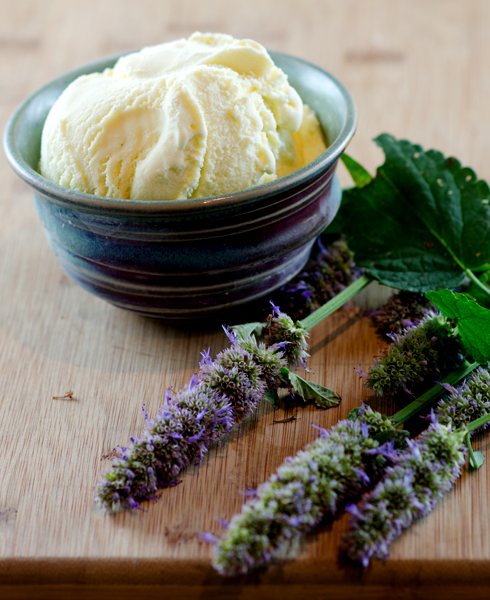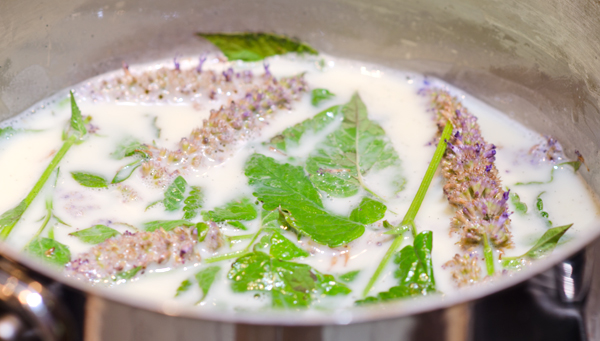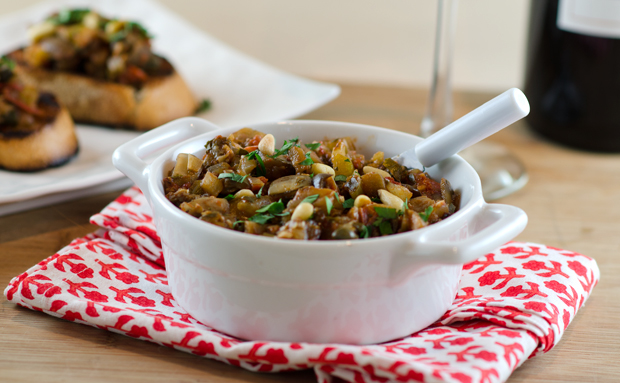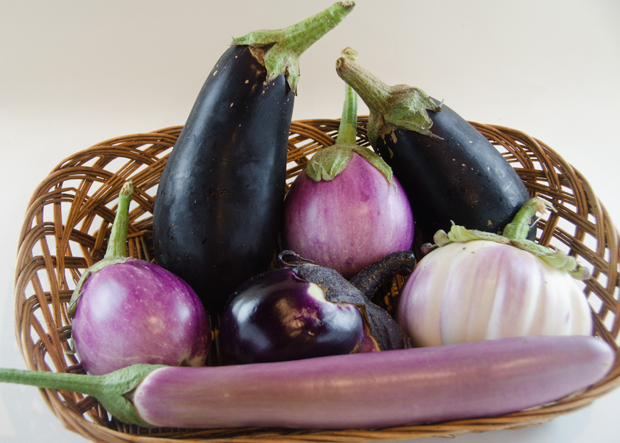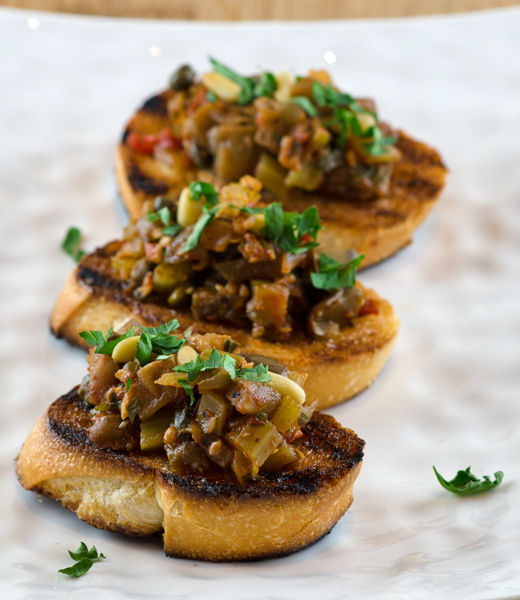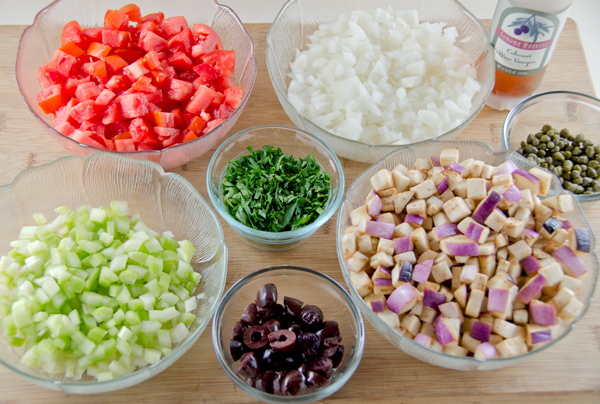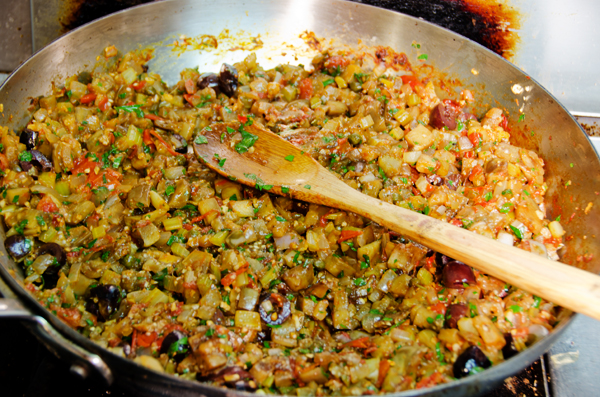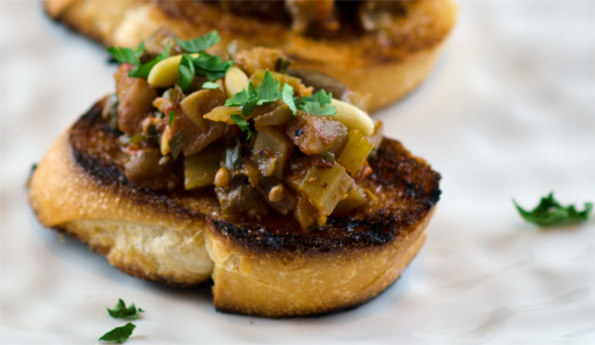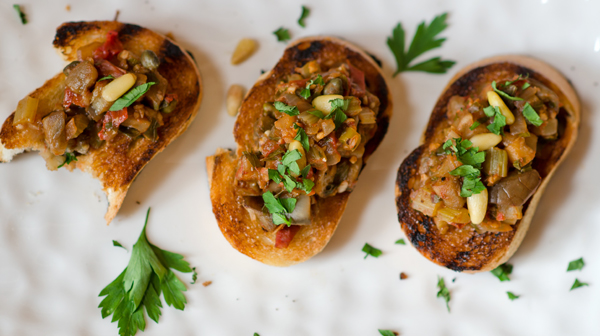The tomatoes in our garden come in every color of the rainbow. We are growing red ones like the Brandywine, Big Mama and Bloody Butcher, orange ones like the Mandarin, Amana and Sun Gold, Green Zebras that remain green when ripe, and even a tomato that is named Rainbow, it has a yellowish orange flesh with streaks of bright red.
One of the most interesting tomatoes we grow is the Garden Peach. True to it’s name, the fruits are small, about 3 ounces, yellow in color with a peachy pink blush when ripe. The skin of the Garden Peach is light and fuzzy, reminiscent of a peach. That slight blush sometimes carries over to the tomatoes’ flesh. They are an heirloom tomato, more than fifty years old and an indeterminate variety, Garden Peaches will produce fruit throughout the tomato season. Their simple sweet flavor is a contrast to the bright acidity in red varieties.
Garden Peach is crack resistant and stores well. It produces fruit up to the first frost and many gardeners bring in the last of their crop to ripen on kitchen counter tops. Maybe I’ll remember to do that this year!
Many of our tomato plants have been quite prolific this year. I have been roasting and freezing countless bags of tomatoes to be made into sauces, chilis and soups. We will enjoy them when the weather turns cold and we are missing the vibrant flavor that only a fresh tomato can bring. Since we have a bumper crop of Garden Peaches along with other yellow varietals, I decided to make some of them into a soup. The sweetness of the yellow tomatoes contrasts nicely with the smoky bacon and the spiciness of the chiles in adobo sauce. The addition of heavy cream is good, but not really necessary. You can substitute half and half or low fat sour cream with good results. It will last several days in the refrigerator but I made several batches to freeze so that we can enjoy this delicious soup on chilly autumn evenings.
Yellow Tomato Soup
Makes 6-8 cups
Ingredients
- 2 1/2 c chopped onion
- 6 bacon slices, chopped
- 6-8 c chopped yellow tomatoes
- 3 cloves garlic, minced
- 1/2 c dry Sherry
- 3 c chicken stock or low sodium chicken broth
- 1-2 t minced canned chipotle chiles
- 1 t dried oregano
- 1/2 c cup heavy cream (if desired) you can substitute half and half or low fat sour cream
Directions
- Sauté onion and bacon in a heavy large pot over medium-high heat until onion is tender and beginning to brown, about 12-15 minutes.
- Add tomatoes and garlic and simmer until tomatoes are tender and juicy, stirring occasionally, about 20 minutes. Add sherry and simmer another 5 minutes.
- Add stock and simmer until mixture is reduced to about 6 cups, 15 minutes or so.
- Stir in chipotle chiles and dried oregano. Working in batches, puree soup in blender.
- If freezing, pack soup in freezer containers, refrigerate until thoroughly chilled. Then transfer to freezer. If serving immediately, return to pot and stir until heated through, add cream if desired.
- Season to taste with salt and pepper and serve.

